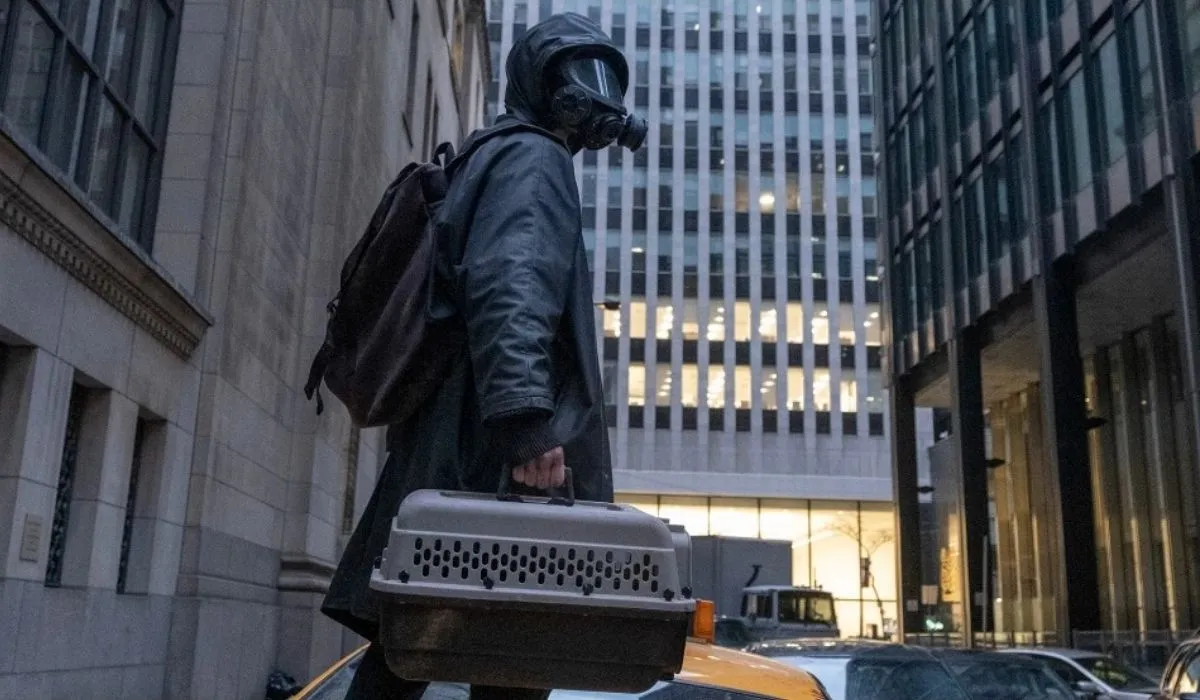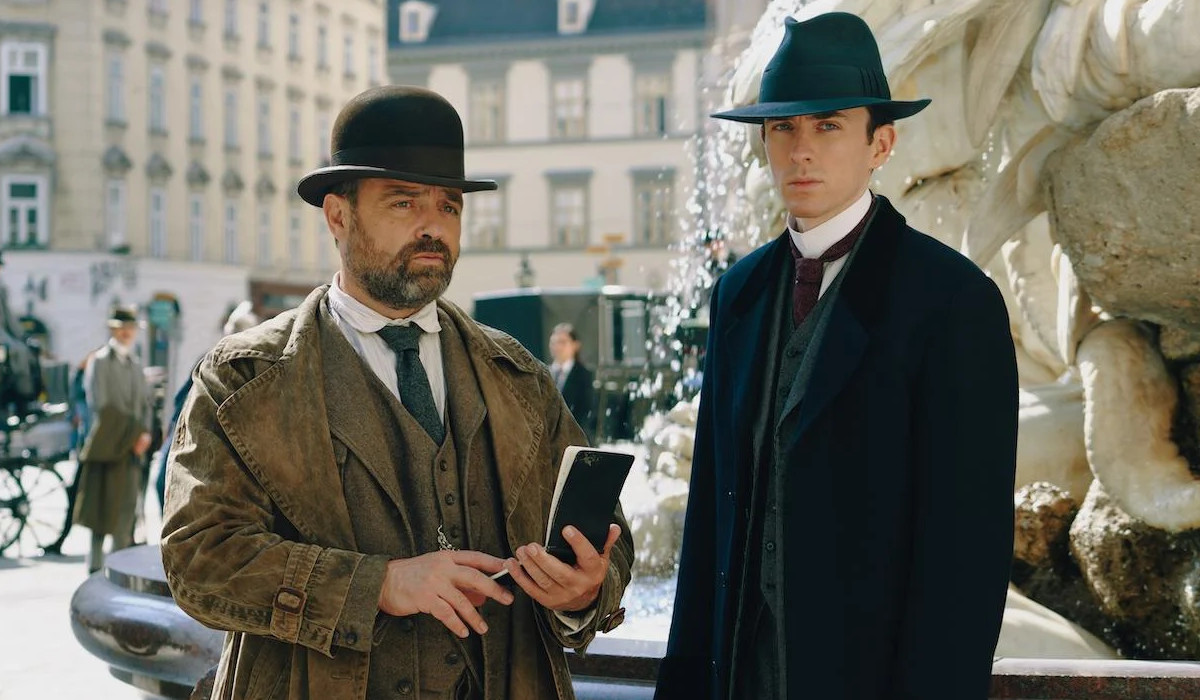A screen adaptation of Brian K. Vaughn and Pia Guerra’s epic 60-issue graphic novel series Y: The Last Man has finally hit FX on Hulu. Both the show and comic follow what appear to be the last surviving mammals on Earth with Y chromosomes, the hapless aspiring escape artist, Yorick Brown, and his capuchin monkey, Ampersand. While he is just trying to find his girlfriend Beth, the women left, both good and bad, have alternate plans for him. Other main characters include the lethal, mysterious Agent 355 and infamous geneticist Dr. Allison Mann.
Even within the first three episodes, there are already many significant changes from the source material. The two most discussed (rightfully, to be honest) are the choices to show (rather than tell) the conservative women seeking to take control of the federal government, the expansion of character building for the women at the start, and the inclusion of trans men and people outside of the binary.
I also love the change to keep a majority of the story within the United States borders so far. For one, speed and rate of travel feel different on the page, comic or book, compared to some (but not all) visual forms of storytelling. Less suspension of disbelief is allowed when you are looking at a screen, and there are more cues of time passing or not passing.
Instead of sampling what nations do about the Event as monolithic responses, it seems a better use of screentime to focus on one country and look at the infinite ways people react, rebuild, and/or destroy. An example of this nuance explored by staying in NYC a little longer in the show is the three Asian-American immigrant women in the dry cleaners. Despite being told to leave the city for shelter, food, water and security, they stay because that is their home.
The United States is freaking huge, and there are countless pockets of the country that serve as narrative microcosms. I would much rather explore those and limit the international travel in favor of depth in the characters and locations already present or in neighboring regions within our own imaginary border.
Additionally, this gave us a few moments of seeing Beth (Juliana Canfield) and Yorick (Ben Schnetzer) together.

In the comic, Yorick is desperate to get to her when she is literally across the world in Australia, and we’re told and shown through his actions that he loves her. Her voice is limited until she sees him again. There are still lower stakes (like in the comic) because they’re clearly not vibing, but now we see it.
By staying in the United States, it becomes more realistic that he can find her, too. They’ve already established that transportation, energy, and agricultural infrastructure are crumbling rapidly, yet we are supposed to believe that he will find her in the end? Also, maybe that lovesick plot line could be minimized, and we can focus on the other ways Yorick grows.
Speaking of Australia, this omission can hopefully get us past that weird hallucination Beth has of Yorick in the original comic. She is following/studying Aboriginal people in a way that doesn’t sit right with me because it is just surface-level and not explored thematically beyond looking at matriarchies. Because of anthropology’s history/present relationship with colonialism, it seemed kind of irresponsible to just slap that occupation on the screen with no further examinations. Instead of swapping out the Australian indigenous group that facilitates Beth’s hallucination with an American one, I hope this scene, instead (if included), is just a mushroom trip.
After all, everyone finds ways to cope with trauma, and I would say the sudden death of all mammals with Y chromosomes counts as traumatic AF.
I welcome these thought-out direct changes not just born of a necessity for a switch in medium. Despite how exhausted we are mentally and emotionally with dystopian fiction, I’m with our own Chelsea Steiner in that this adaption feels different already, not just from the source material but in the way it avoids the misery porn trope in the genre.
There is likely to be a travel component because of a revelation in Episode 3 and how the source material plays out. However, for now, staying in North America only strengthens the storytelling and ensures that if the show ends with only one season, loose ends aren’t scattered around the globe.
(image: FX/Hulu)
Want more stories like this? Become a subscriber and support the site!
—The Mary Sue has a strict comment policy that forbids, but is not limited to, personal insults toward anyone, hate speech, and trolling.—
This article includes affiliate links, which may provide small compensation to The Mary Sue.










Published: Sep 22, 2021 04:03 pm